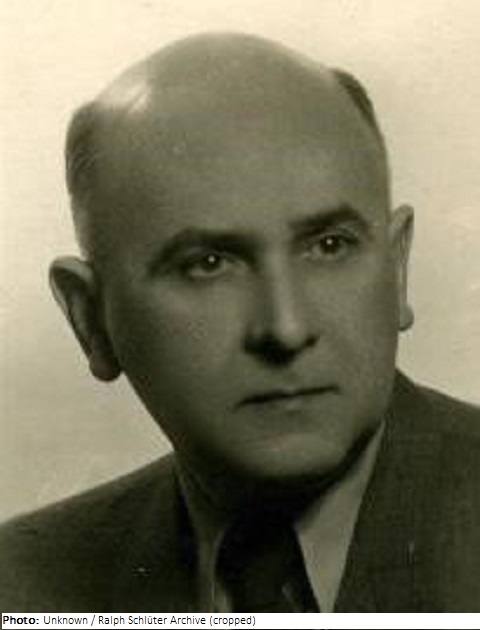Aleksander Szniolis

Biographical information
| Roles | Competed in Olympic Games |
|---|---|
| Sex | Male |
| Full name | Aleksander Bronisław•Szniolis |
| Used name | Aleksander•Szniolis |
| Born | 13 September 1891 in Vilnius, Vilnius (LTU) |
| Died | 6 May 1963 (aged 71 years 7 months 23 days) in Wrocław, Dolnośląskie (POL) |
| NOC |  Poland Poland |
Biography
Polish architect Aleksander Szniolis, born in Lithuania, was a water engineer trained in St. Petersburg. He designed and planned water-related structures and health centers, mostly with Romuald Gutt. With a scholarship he attended Harvard University in 1925-26. Back in Poland, he worked at the State School of Hygiene, whose director he later became. After the Warsaw Uprising in 1944 he was deported by the German occupiers to a labor camp but managed to survive.
Since 1950, he was also a professor at the Technical University of Wrócław. Szniolis became the first dean of the faculty of Hygiene and Sanitary Engineering after the war and until 1951. His work for the 1936 Berlin Olympic Games, a brine outdoor pool for the spa town of Ciechocinek was created in 1930-32 together with Romuald Gutt. At the time, the bath was the largest of its kind in Europe. It consisted of a swimming pool, a building with changing rooms and a café with veranda, terraces and a restaurant. The salt content of the water in the 100 x 40 m pool of reinforced concrete was about the same as that of the Mediterranean Sea at a temperature of 36° C. Although the swimming pool was listed as a historical monument in 1993, it had to be closed in 2001 because of its poor technical condition. So far, all attempts to re-commission it have failed due to the high cost of modernization.
Results
| Games | Discipline (Sport) / Event | NOC / Team | Pos | Medal | As | |
|---|---|---|---|---|---|---|
| 1936 Summer Olympics | Art Competitions |  POL POL |
Aleksander Szniolis | |||
| Architecture, Further Entries, Open (Olympic) | Romuald Gutt |